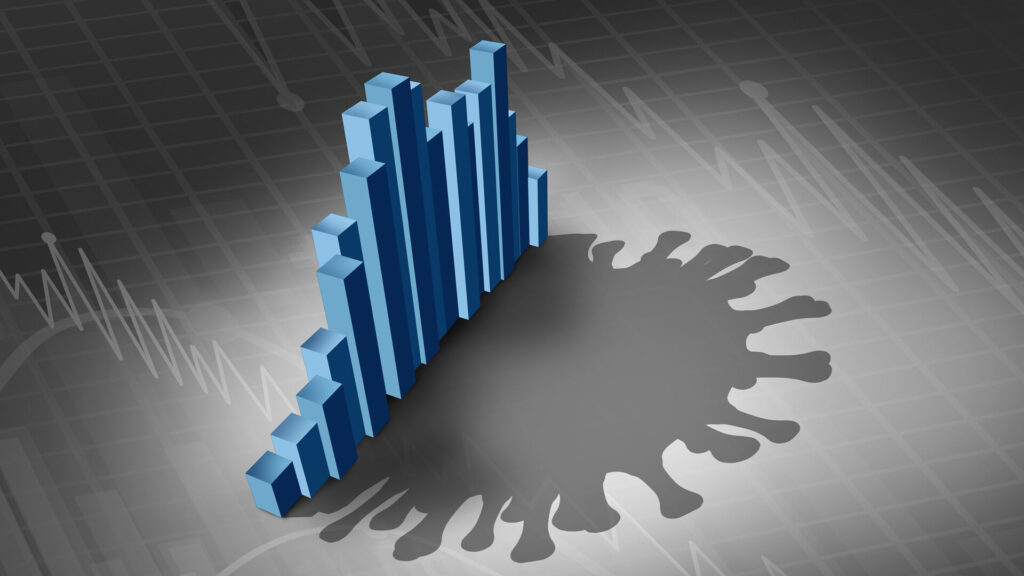
The second wave of Covid-19 infections sent the Indian economy into a tailspin, but with the infection curve on a downward trajectory and the unlocking process underway – Delhi and Mumbai removed many restrictions on June 7 – the latest high frequency indicators show that the economy has begun to recover. However, given the experience of economic recovery following the first wave, it is also important to investigate the nature of the recovery rather than just its trajectory.
NIBRI has gained ten points in the last fortnight
In the week ending June 6, the Nomura India Business Resumption Index (NIBRI) increased to 69.7. To be sure, the NIBRI reached a low of 60.3 in the week ending May 23. In the week ending May 30, it rose to 62.9. NIBRI’s most recent value is comparable to where it was in the week ending June 21, 2020. A NIBRI value of 100 indicates that economic activity is at pre-pandemic levels. The question is whether NIBRI will continue on its current path or accelerate its growth.
“Near-term growth dynamics remain crucially contingent on two factors — the pace of relaxation of lockdowns and the pace of vaccinations. The former will determine the speed of recovery in mobility and broader economic activity, while the latter will be important for ensuring that the number of cases remains in check and the lockdown easing remains sustained”, said a note by Nomura economists Sonal Varma and Aurodeep Nandi.
Job market is still bad
According to data from the Centre for Monitoring Indian Economy (CMIE), the employment situation remains concerning. In the last four weeks, the unemployment rate has been in the double digits. Even though NIBRI – which is supposed to be a proxy for economic activity – increased, it actually increased from 12.15 percent to 13.62 percent between the week ending May 30 and June 6. “The Indian labour market is in the worst shape since the nation-wide lockdown months of April and May 2020,” CMIE Managing Director Mahesh Vyas wrote in an article published on the CMIE website. “Employment has been falling since January 2021 when it touched a recent peak of 400.7 million. It has fallen in each of the four months since then. It fell by 2.5 million in February, 0.1 million in March, 7.4 million in April and then by 15.3 million in May. The cumulative loss since January therefore is a substantial 25.3 million. This is a significant 6.3% fall in the employed workforce over a four-month period”, he added. In India, the CMIE is the only high-frequency source of employment indicators. The CMIE figures are consistent with a drop in employment perception in the most recent round (May 2021) of the RBI’s Consumer Confidence Survey.
Companies are deleveraging rather than investing.
Labor markets lagging behind output growth have resulted in profit-led growth in the Indian economy over the last fiscal year.
This is clearly demonstrated in a June 8 research note by Soumya Kanti Ghosh, Group Chief Economic Advisor at the State Bank of India. Ghosh examined the results of 1,000 publicly traded companies for 2020-21 and discovered that profits grew much faster than revenues in most industries. “We observed a 4% decline in top line (revenue), while EBIDTA and Profit after Taxes (PAT) grew by 19% and 54% respectively over FY20. However, excluding BFSI (banks, financial services and insurance) and refineries, the set reported 2% growth in top line and 36% and 34% growth in EBIDTA and PAT,” the note said.





